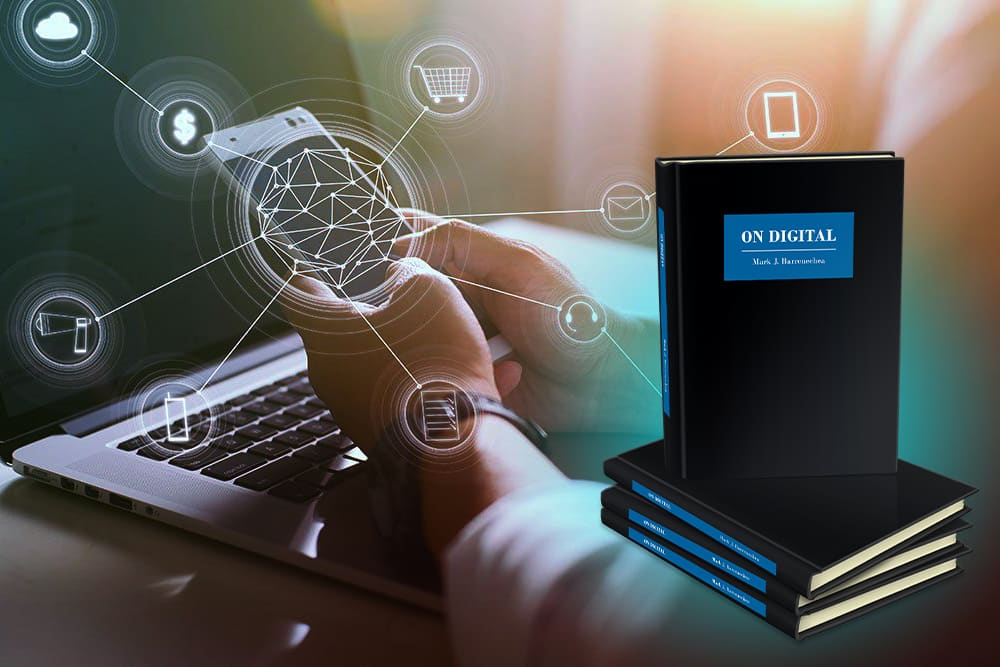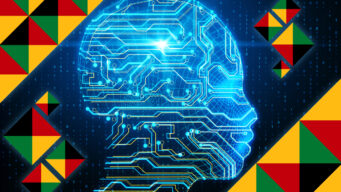The convergence of technology and the Internet has created a perfect storm for innovation. Self-driving cars, refrigerators that suggest recipes based on their contents, warehouses that automatically replenish stock, and equipment that schedules its own maintenance… these sound like futuristic, sci-fi fantasies—but they are all available today.
The IoT is transforming the world as we know it, creating a giant, global network of devices and machines that are connected, communicating, and exchanging data. Current estimates find that in the next decade, the IoT will add trillions of dollars to the global economy.
The rapid growth of the IoT will be driven by low-cost sensors and beacons, cloud computing, analytics, and mobility. It promises a future in which every sector will be part of a hyper-connected world.
While the IoT is viewed by many as a nebulous, futuristic concept, in reality, it already exists: we wear pedometers, smart watches, and cameras; our pets are microchipped; and we drive cars with built-in sensors. Wearable devices are becoming mainstream, contributing to the trend of the “quantified self”—or data-driven knowledge gained through tracking with technology.
Thanks to the IoT, many of our everyday appliances will have the ability to self-monitor and communicate with a network—think Marge’s fully automated “Ultrahouse 3000” in the Simpsons. Over one-third of U.S. consumers already have IoT devices like the Nest Learning Thermostat and smart TVs in their homes.
Consumers are collecting their own first-party information, and they’re using it to improve their lifestyles. Once everything is digitalized and automated across the IoT, organizations will become equally “self-aware”. Just as the quantified self is able to make healthier choices, the quantified enterprise will be empowered to make more strategic business decisions based on more accurate information.
Measuring the impact of the IoT is difficult, but its potential is enormous. As the IoT introduces new streams of data, enterprises that are equipped to manage and mine exploding volumes of information will come out on top.
In the digital world, data is emerging as a new asset class. In my next post, I’ll look at the opportunities (and risks) data presents and how, when coupled with analytics, organizations can transform business information into strategic insights for competitive advantage.
For more thoughts ON DIGITAL, download the book.




